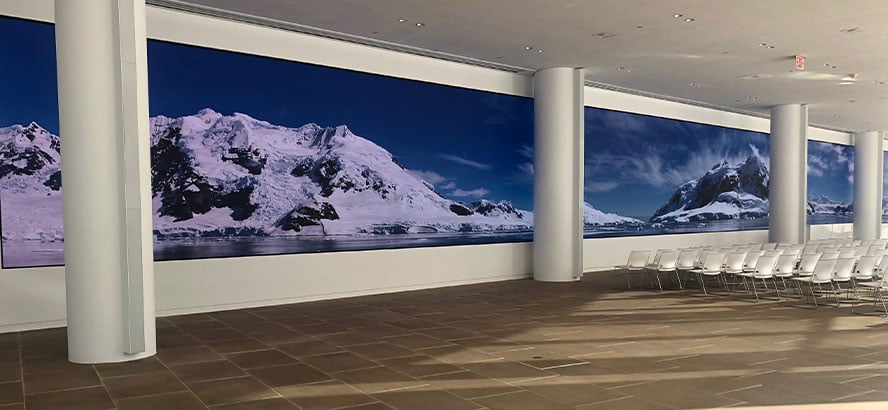A major aspect of LED wall panel functionality influenced by viewing angles is brightness. When the viewing angle alters, the apparent brightness of the panel can diminish. This is especially evident in panels that are not designed for broad observation angles. For instance, a observer standing directly in front of an LED wall panel may see rich and bright colors, while someone viewing from the flank may notice a significant decline in brightness and hue accuracy. This problem can restrict the effectiveness of the screen in shared environments, making it essential to select panels with wider viewing perspectives for such uses.
Color uniformity is another critical element influenced by viewing perspectives. Different LED wall panels use different technologies to show colors, resulting in diverse levels of color fidelity across different perspectives. When viewing an LED wall panel from an perspective, hues may appear changed or Go Here washed out. This inconsistency can be especially troublesome in professional environments, such as advertising or presentations, where precise color representation is crucial. Choosing panels that preserve color accuracy across a broad range of perspectives can enhance the general viewing experience.

In addition to performance aspects, visual quality are also affected by observation perspectives. LED wall panels are often used as design recommended read elements in modern design and interior decor. When placed in a location where viewers will see the panel from multiple perspectives, the overall visual effect can change dramatically based on the panel's features. A panel that looks stunning from the front may not have the same appeal when viewed from the side. Thus, architects must take into account the viewing angles when designing installations to guarantee that the aesthetic quality is maintained from all perspectives.
Finally, it is crucial to take into account the type of environment in which the LED wall panels will be used. In settings like athletic arenas, musical halls, and large public spaces, a broad viewing angle is essential to ensure that all attendees can appreciate the screen's content. In contrast, in compact environments like home theaters, the observation angle may be less critical, as observers typically sit straight in front of the screen. By assessing the specific needs and environments for LED wall panels, users can choose displays that optimize both performance and visual appeal, creating a more enjoyable viewing experience for all.